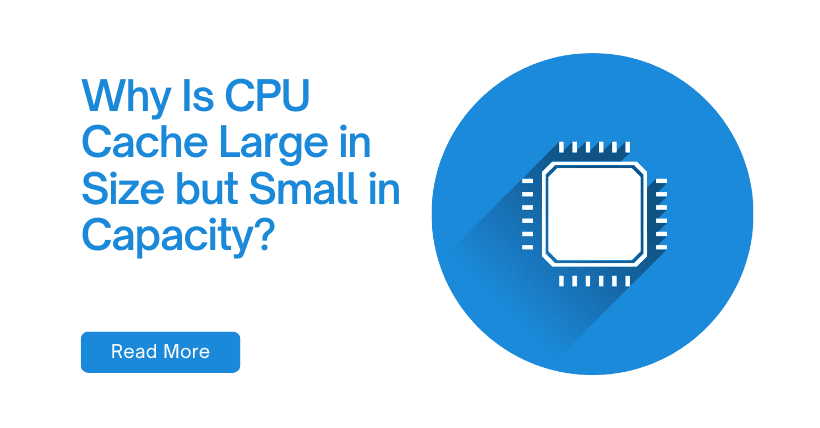Yes, the cache inside modern CPUs, like SRAM, is significantly more costly in terms of area and power compared to DRAM, which is used for main memory. This difference is particularly stark when you consider the complexity involved in storing and managing data in the cache.
Take Zen 3 as an example: a CCD (Core Complex Die) contains 32MB of L3 cache, which includes approximately 4.15 billion transistors.
To break this down:
- Just to store 1MB of data, around 50.3 million transistors are needed.
- Storing 32MB of data requires over 1.6 billion transistors.
This figure doesn’t account for the extra circuitry required to manage read and write operations. Moreover, the cache doesn’t just store data—it also needs to store tags (to keep track of where the data is located in memory) and directories (to manage cache coherence, especially in multi-core systems). These components often take up as much or more space than the actual data storage SRAM itself.
In simpler terms, the 32MB L3 cache you see in a specification refers to the amount of SRAM dedicated to storing data. However, the CPU needs additional SRAM blocks roughly the same size, to manage cache tags and directory information. This effectively doubles or even triples the die area dedicated to cache functionality.
As a result, the larger the cache, the more die area it consumes, which in turn leads to higher power consumption and increased production costs. This is why larger caches are more expensive and consume more power—they require more transistors and additional resources to manage the data.
Ultimately, the decision to use SRAM (despite its costs) is because of its speed and low latency, which is essential for high-performance computing. DRAM, while cheaper and more energy-efficient, is too slow to serve as a CPU cache.
Related:

Disclaimer:
- This channel does not make any representations or warranties regarding the availability, accuracy, timeliness, effectiveness, or completeness of any information posted. It hereby disclaims any liability or consequences arising from the use of the information.
- This channel is non-commercial and non-profit. The re-posted content does not signify endorsement of its views or responsibility for its authenticity. It does not intend to constitute any other guidance. This channel is not liable for any inaccuracies or errors in the re-posted or published information, directly or indirectly.
- Some data, materials, text, images, etc., used in this channel are sourced from the internet, and all reposts are duly credited to their sources. If you discover any work that infringes on your intellectual property rights or personal legal interests, please contact us, and we will promptly modify or remove it.



